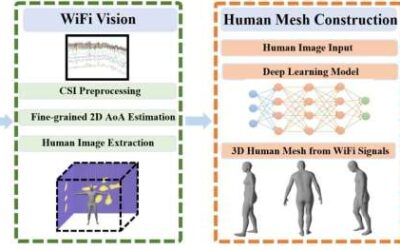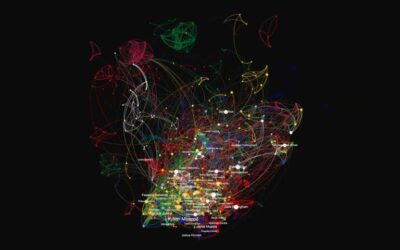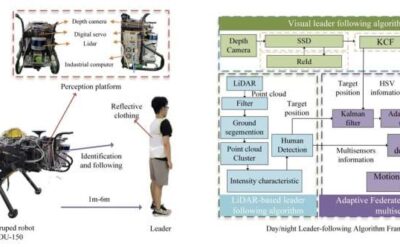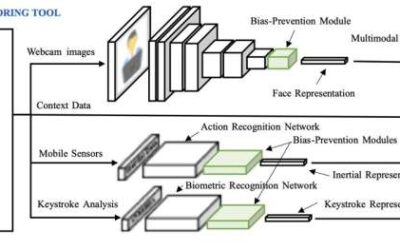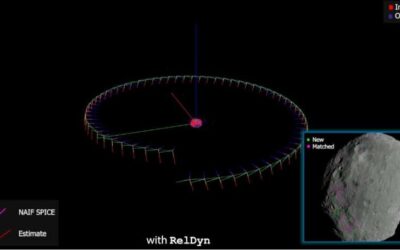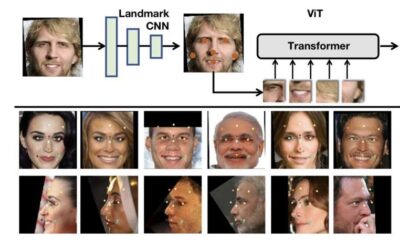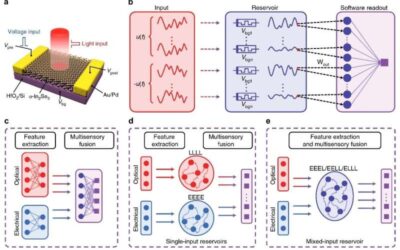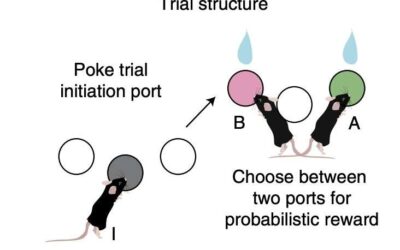A 3D mesh is a three-dimensional object representation made of different vertices and polygons. These representations can be very useful for numerous technological applications, including computer vision, virtual reality (VR) and augmented reality (AR) systems.
Computer Sciences
Exploring the FIFA World Cup 2022 using network science
Network science is the study of physical, biological, social and other phenomena through the creation of network representations. These representations can sometimes offer very valuable insight, unveiling interesting patterns in data and relationships between...
A framework that allows four-legged robots to follow a leader in both daytime and nighttime conditions
Legged robots have significant advantages over wheeled and track-based robots, particularly when it comes to moving on different types of terrains. This makes them particularly favorable for missions that involve transporting goods or traveling from one place to...
An AI-based platform to enhance and personalize e-learning
Researchers at Universidad Autónoma de Madrid have recently created an innovative, AI-powered platform that could enhance remote learning, allowing educators to securely monitor students and verify that they are attending compulsory online classes or exams.
A model to enable the autonomous navigation of spacecraft during deep-space missions
Simultaneous localization and mapping (SLAM) is a promising technology that can be used to improve the navigation of autonomous systems, helping them to map their surrounding environment and track other objects within it. So far, it has primarily been applied to...
A face recognition framework based on vision transformers
Face recognition tools are computational models that can identify specific people in images, as well as CCTV or video footage. These tools are already being used in a wide range of real-world settings, for instance aiding law enforcement and border control agents in...
A model that can recognize speech in different languages from a speaker’s lip movements
In recent years, deep learning techniques have achieved remarkable results in numerous language and image-processing tasks. This includes visual speech recognition (VSR), which entails identifying the content of speech solely by analyzing a speaker's lip movements.
A promising optoelectronic synapse for reservoir computing based on alpha-indium selenide
Reservoir computing is an emerging computation framework based on the use of recurrent neural networks (i.e., networks in which data persists or reoccurs in patterns). This framework has the potential of reducing the time of data processing, while also improving the...
Study assesses the quality of AI literary translations by comparing them with human translations
Recent advancements in the field of machine learning (ML) have greatly improved the quality of automatic translation tools. At present, these tools are primarily used to translate basic sentences, as well as short texts or unofficial documents.
Study explores how visual effects in videogames help players to make sense of game worlds
Visual effects (VFX) can help to make videogames more engaging and immersive for players. However, they are often also designed to support players, for instance, by pointing them to specific locations or highlighting helpful game features.

